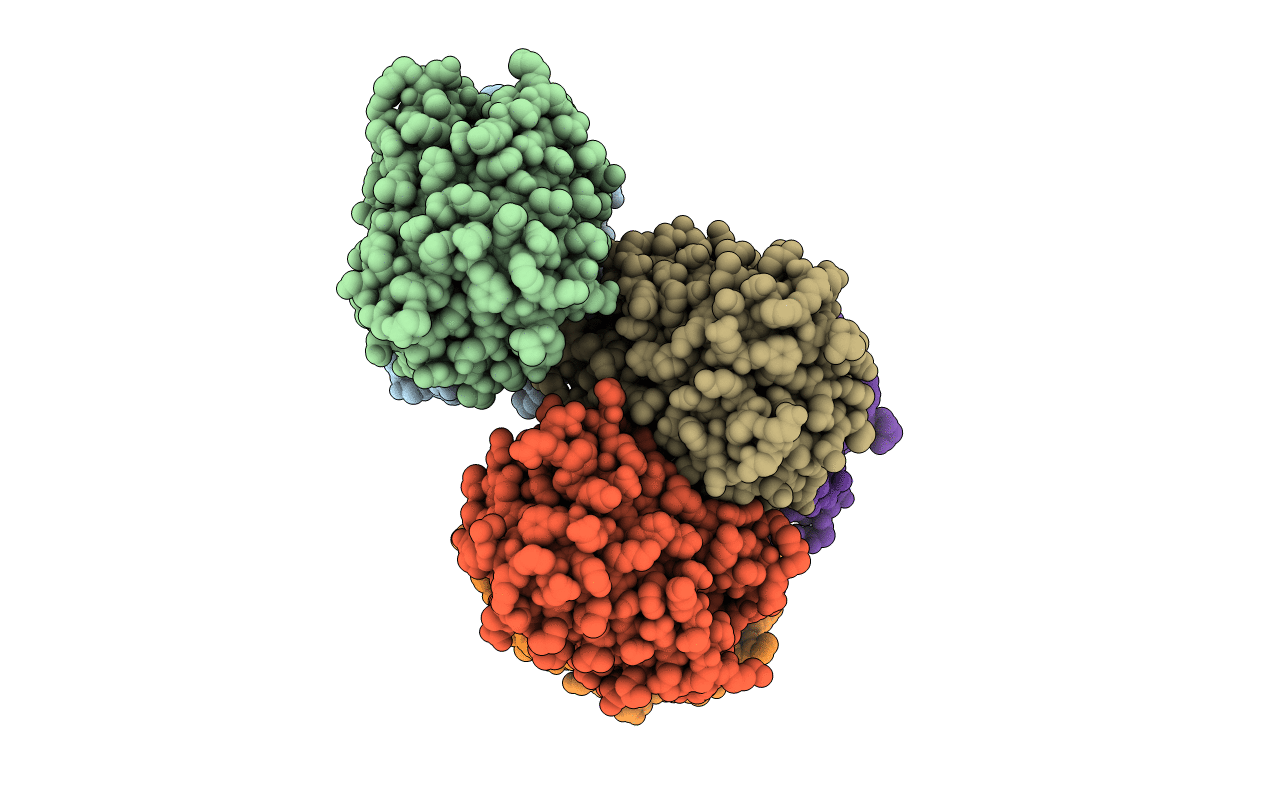
Deposition Date
2011-07-18
Release Date
2011-08-10
Last Version Date
2024-11-20
Entry Detail
Biological Source:
Source Organism:
ECHINOPHYLLIA SP. SC22 (Taxon ID: 301887)
Host Organism:
Method Details:
Experimental Method:
Resolution:
2.20 Å
R-Value Free:
0.23
R-Value Work:
0.18
R-Value Observed:
0.18
Space Group:
P 21 21 2


